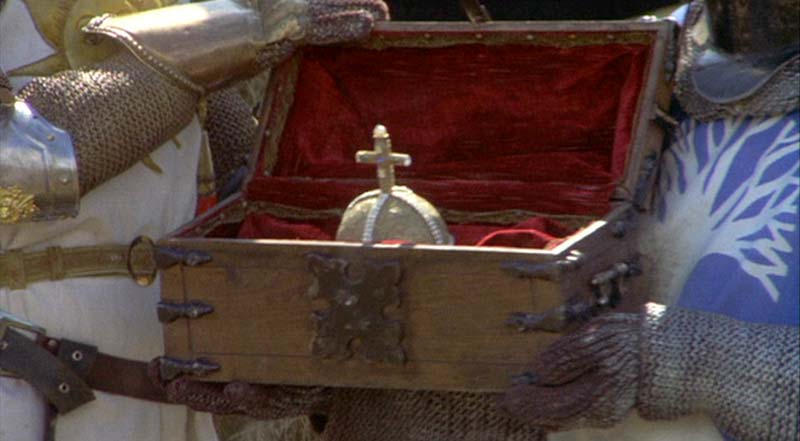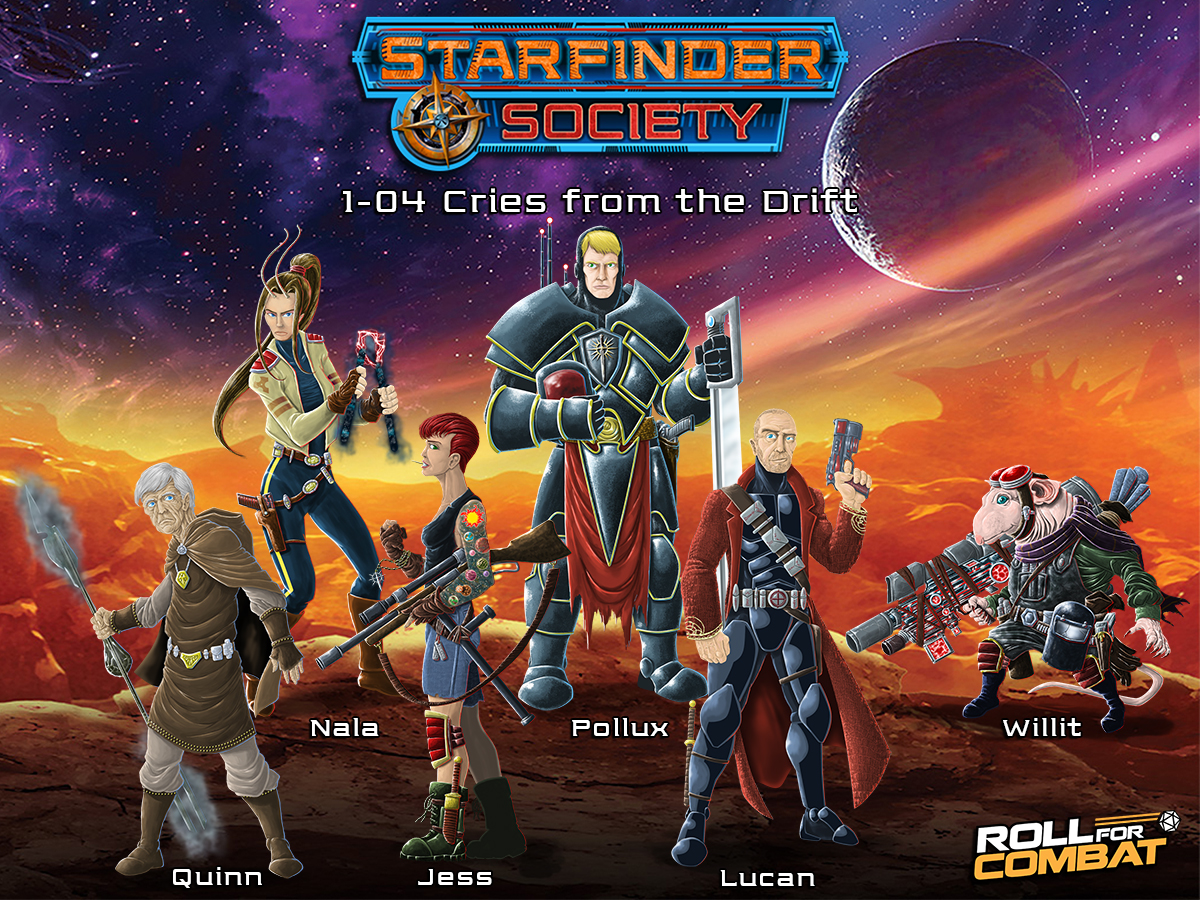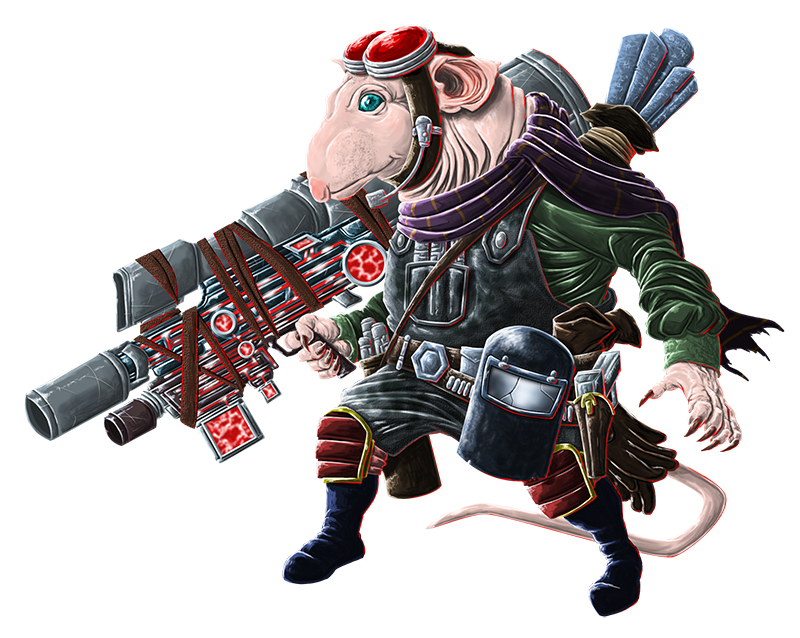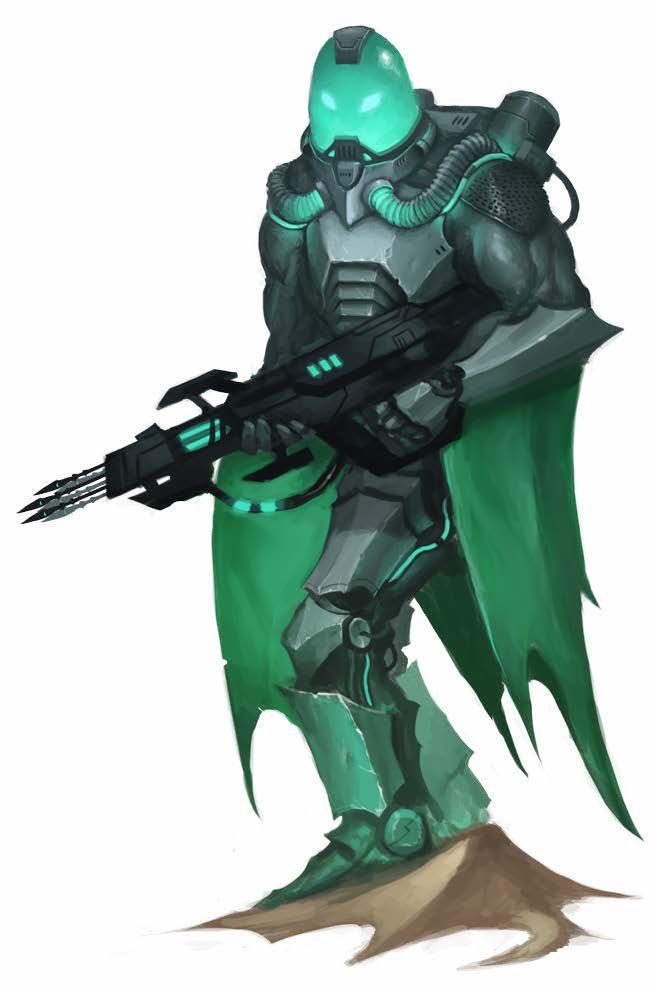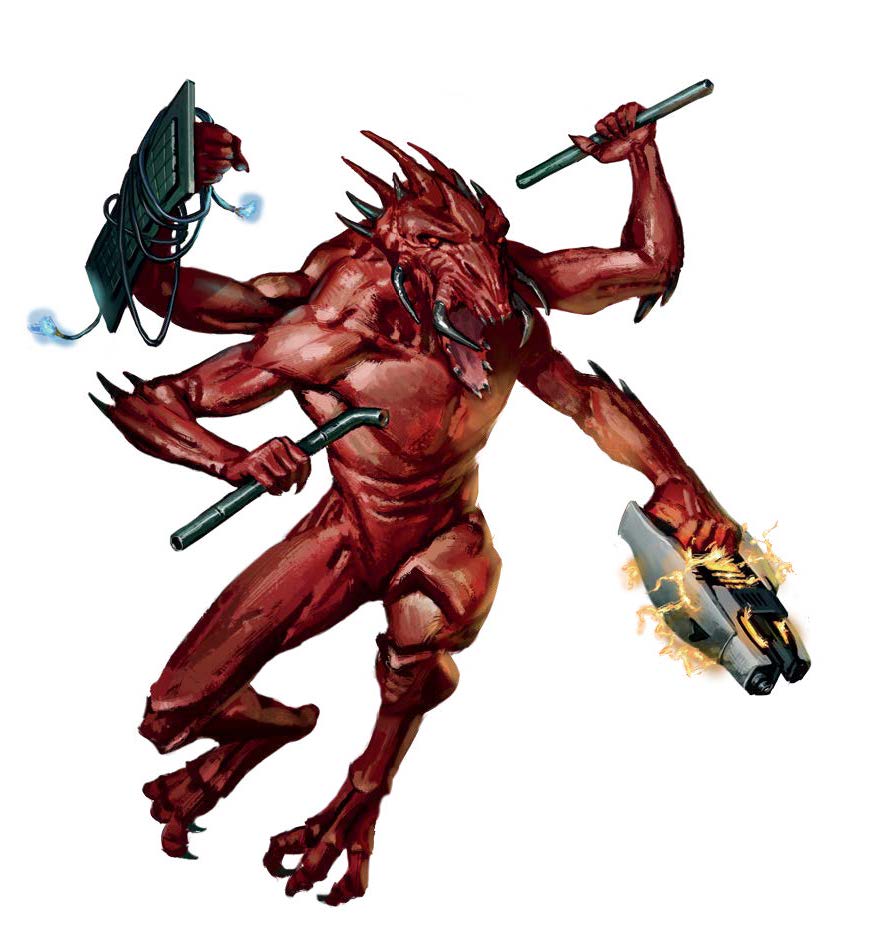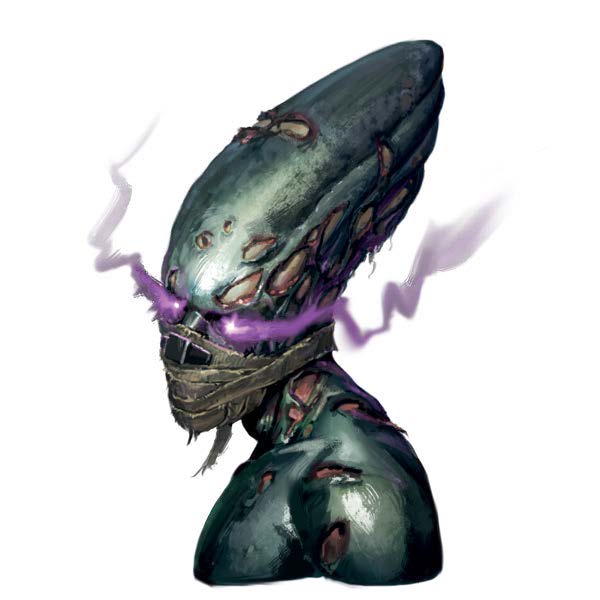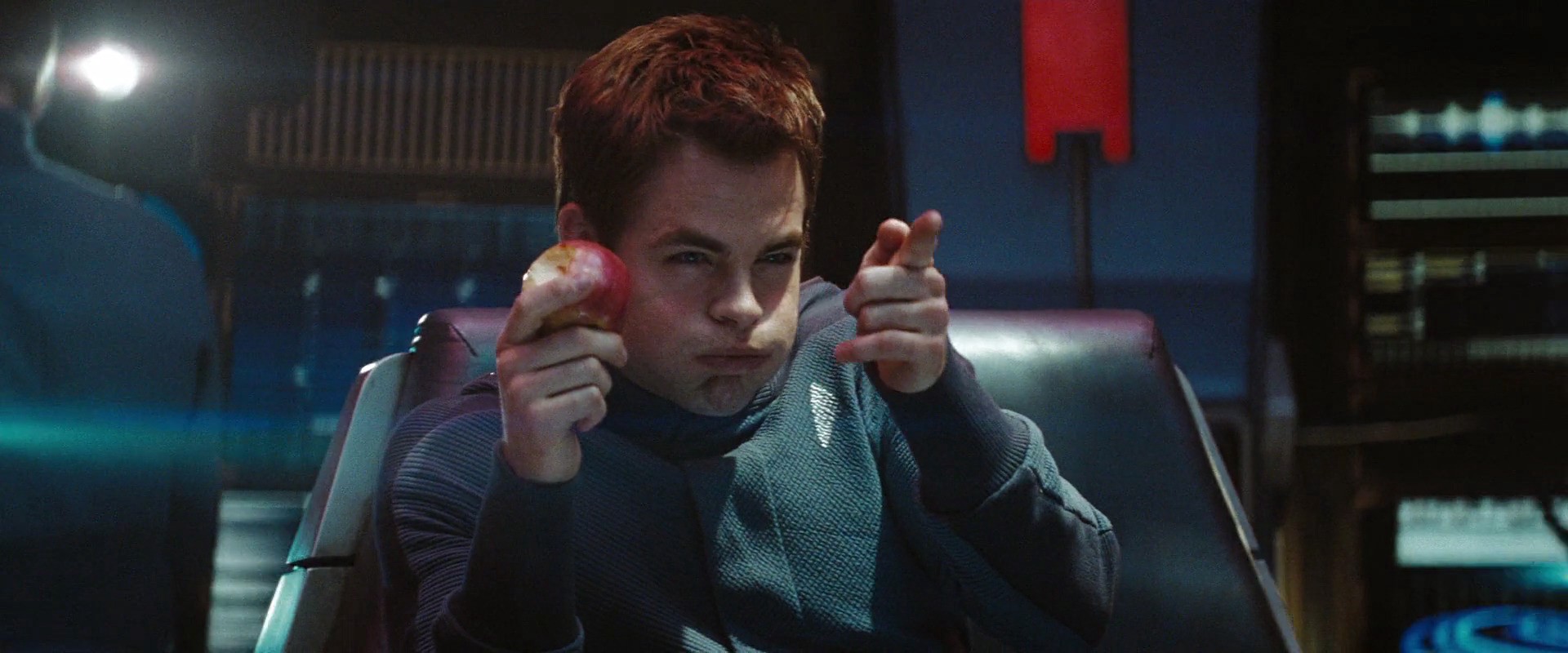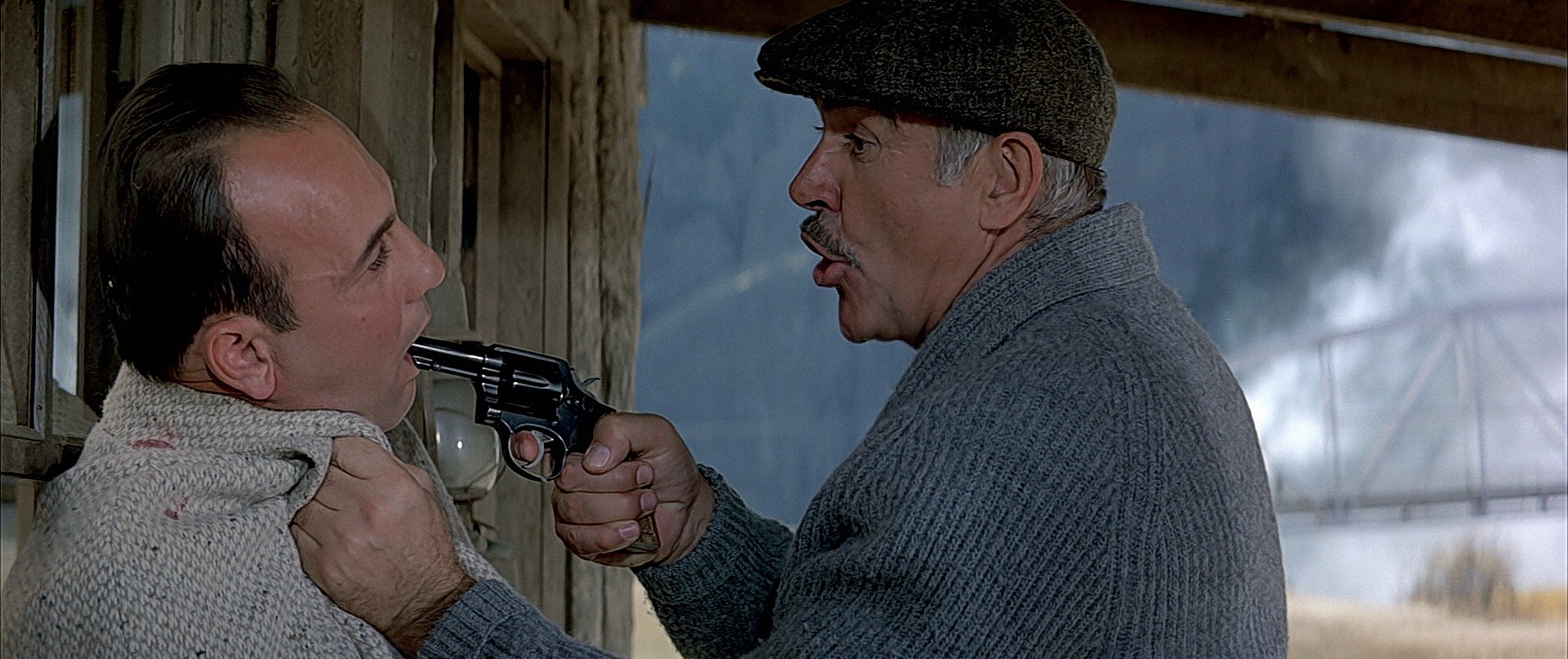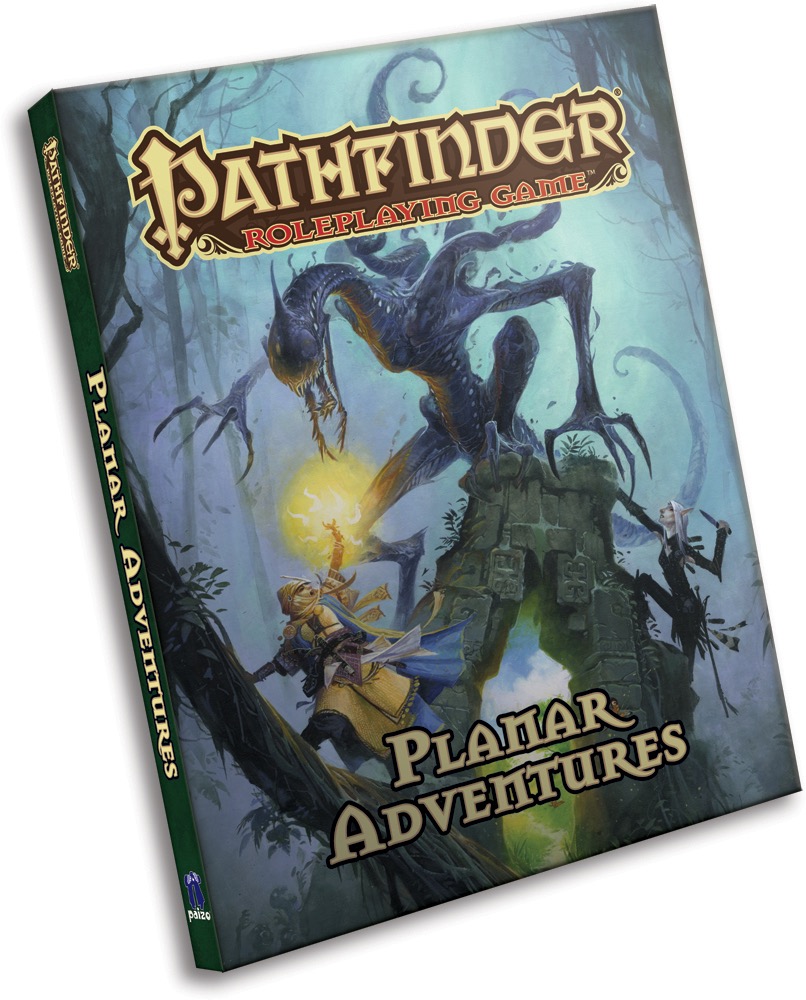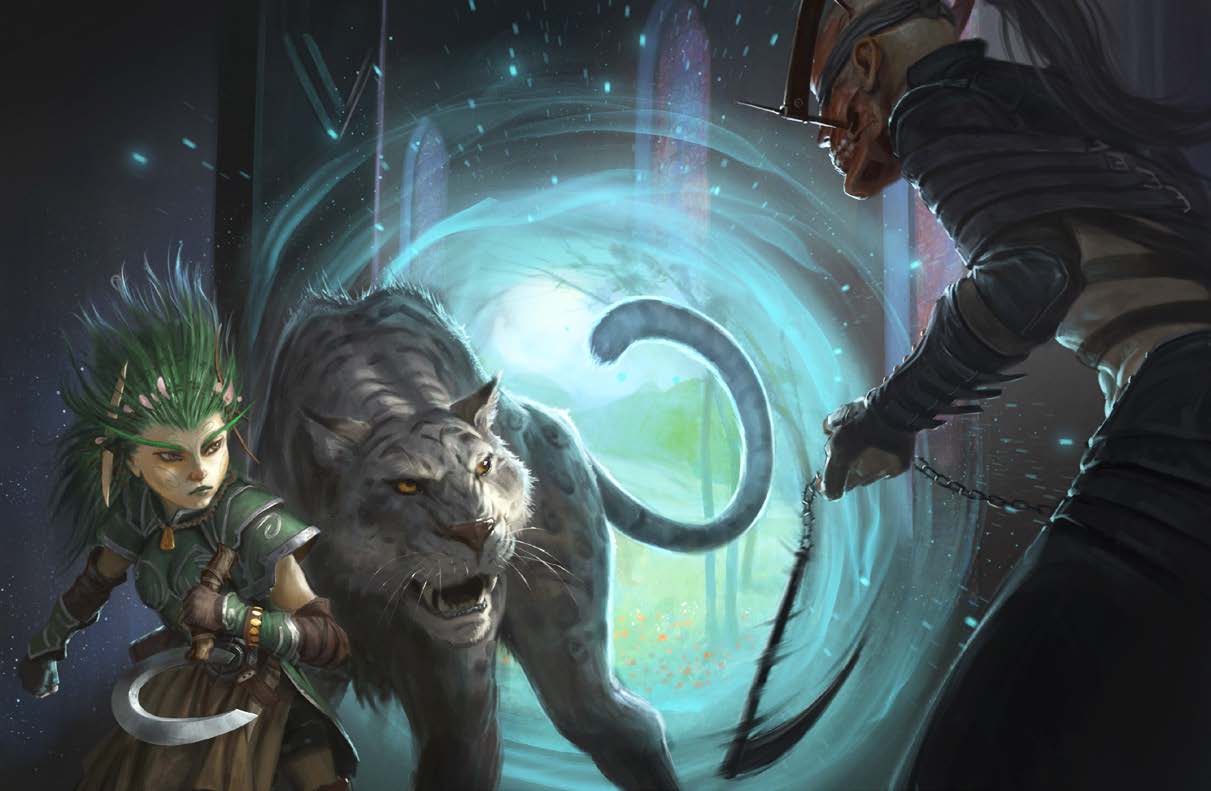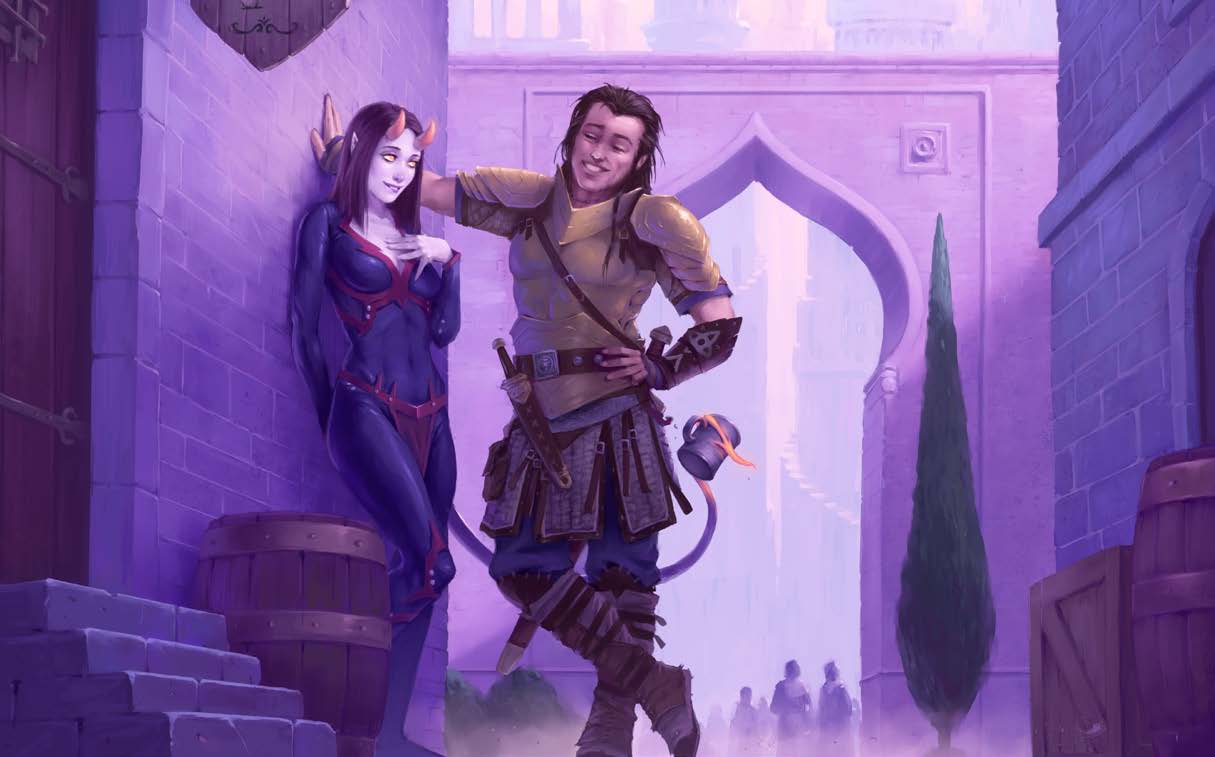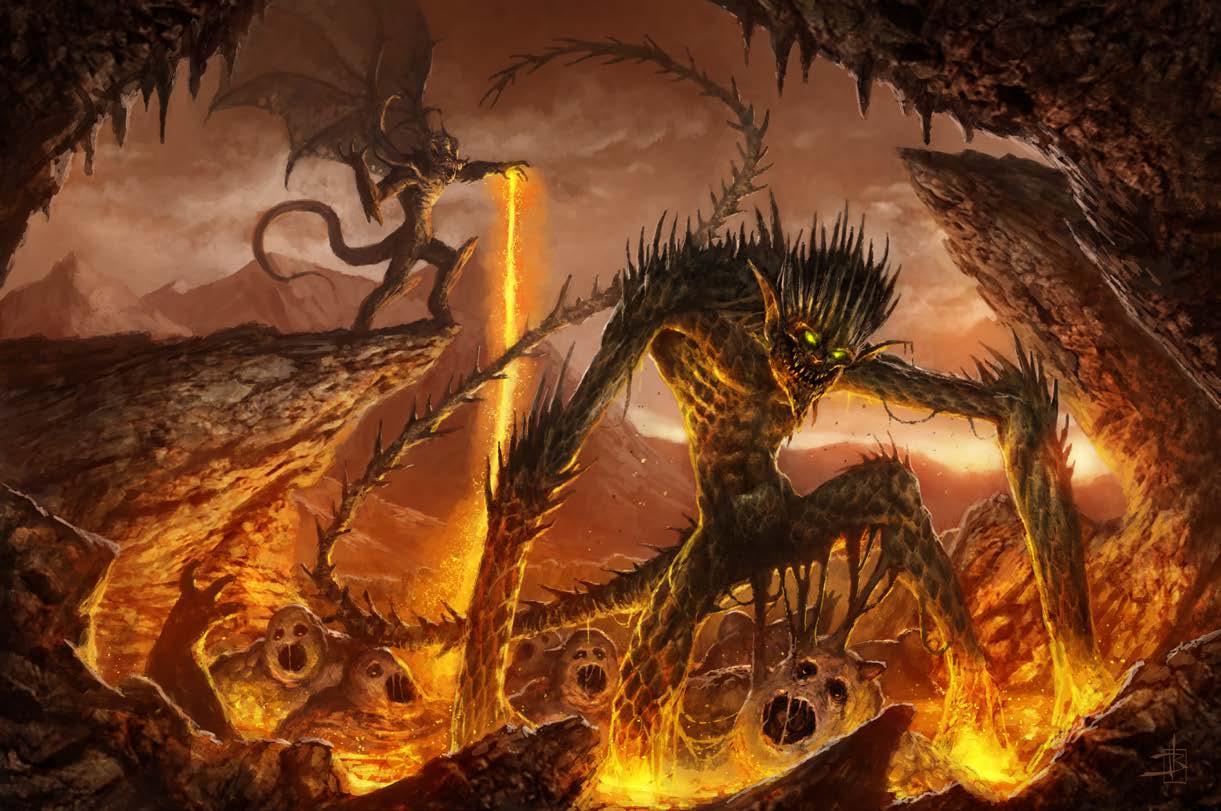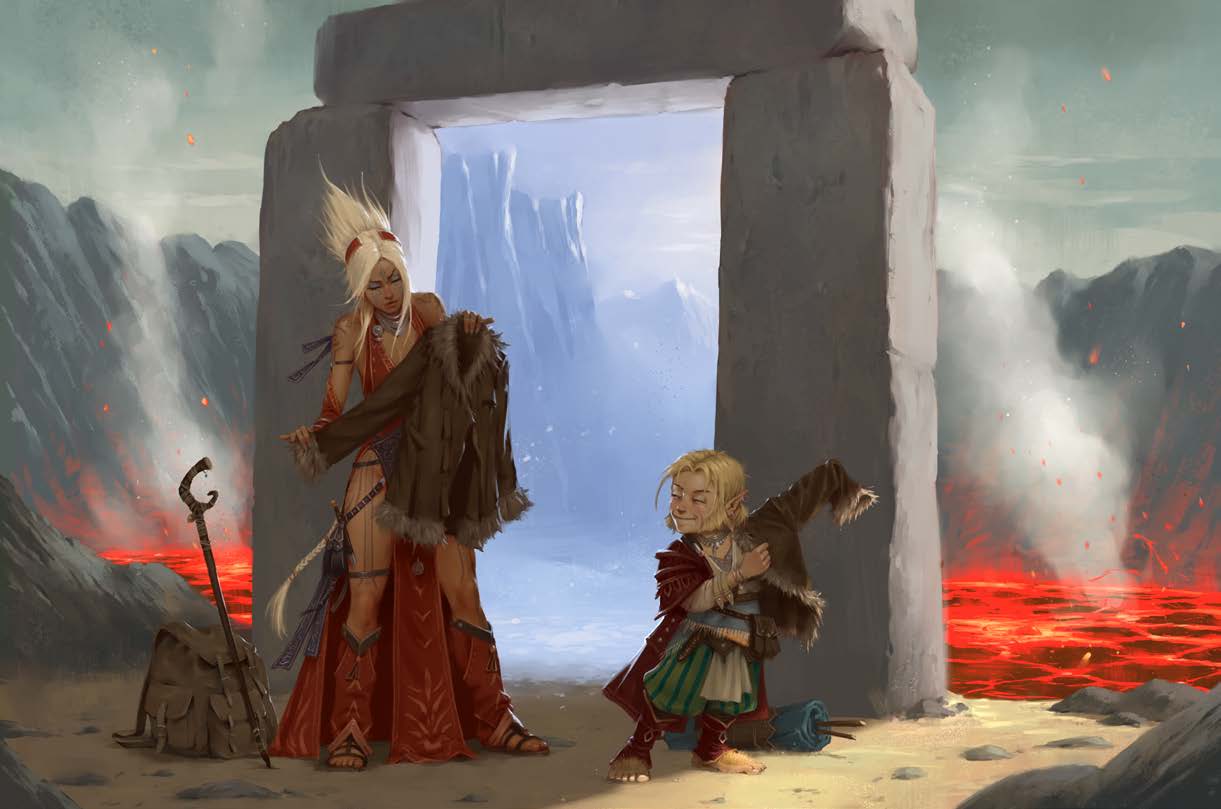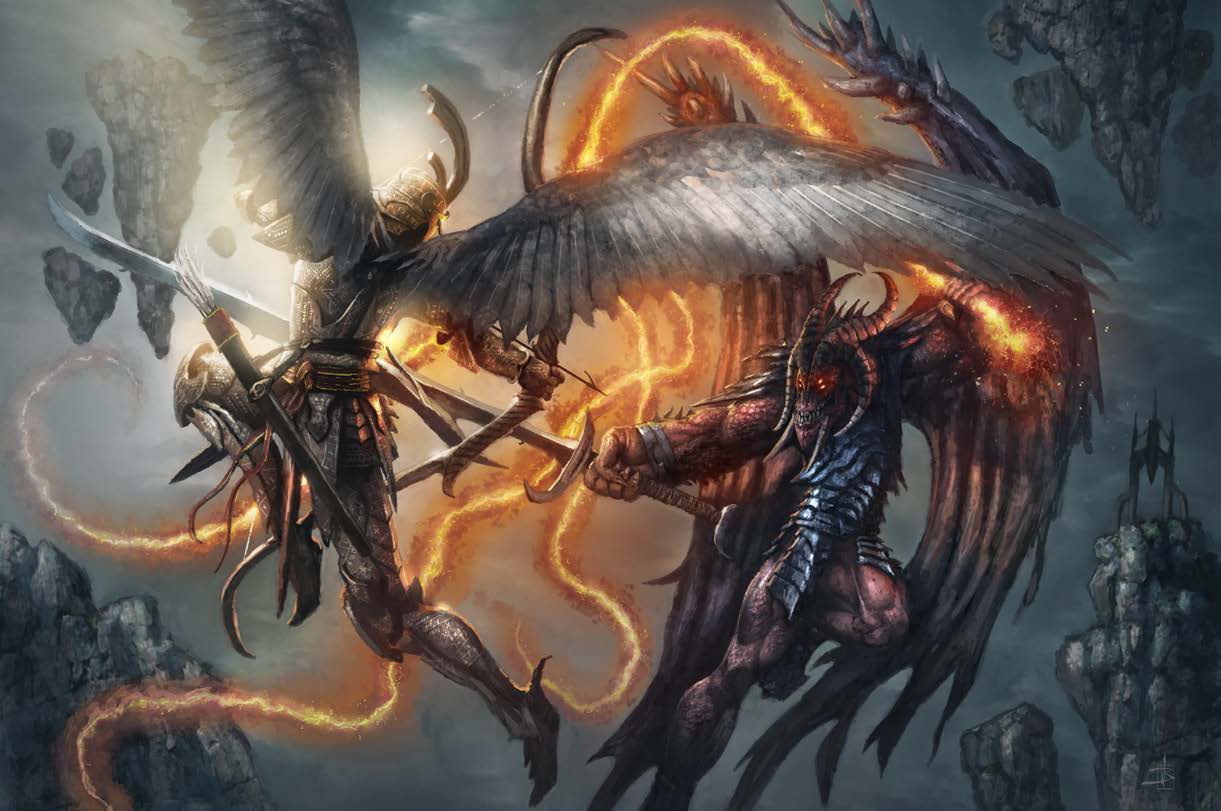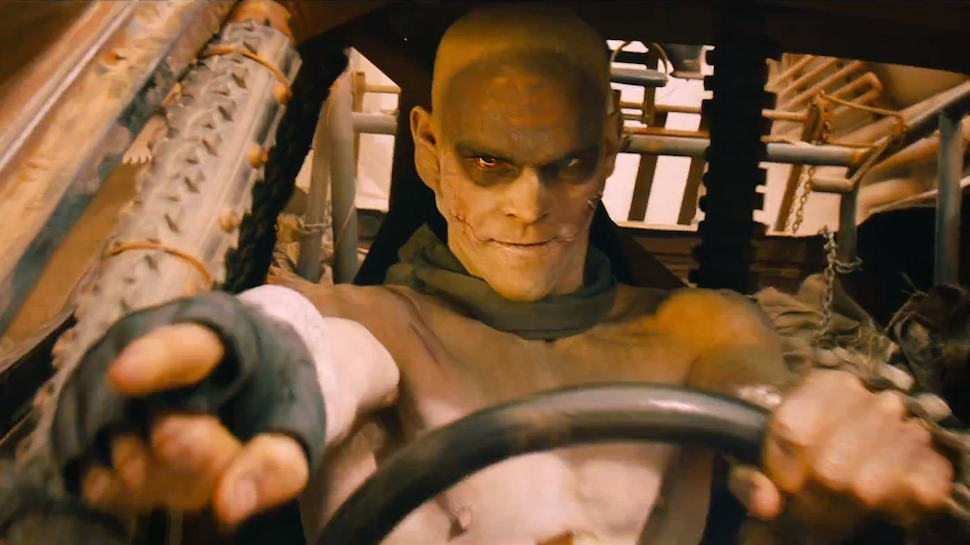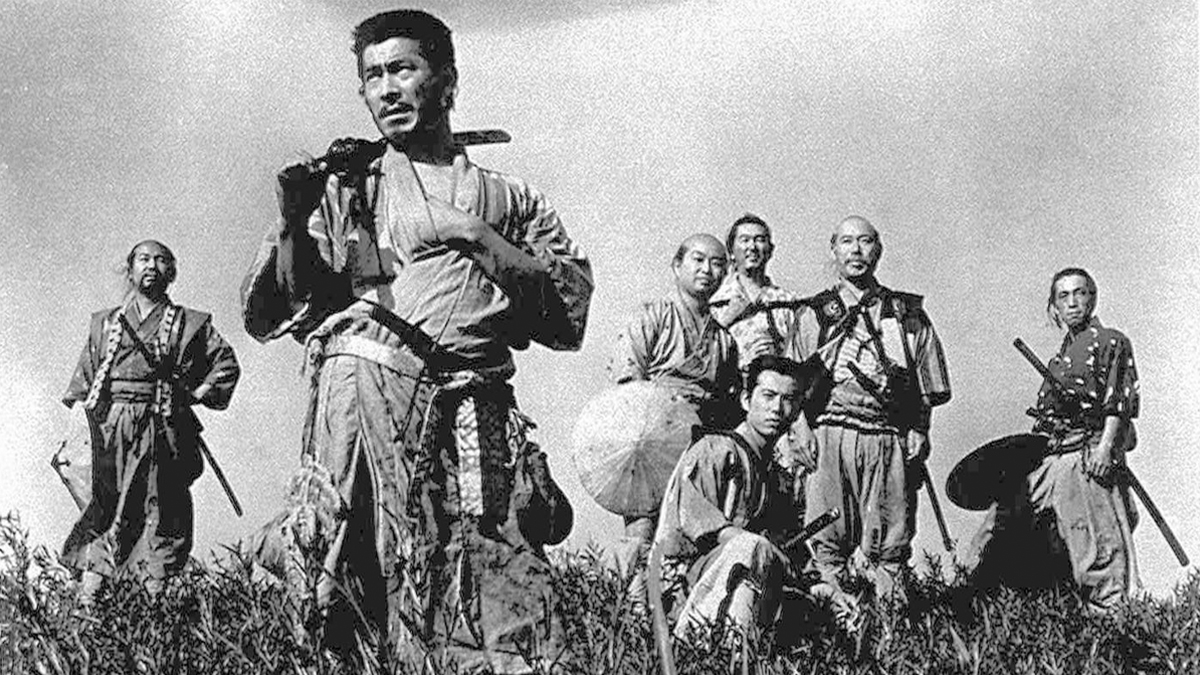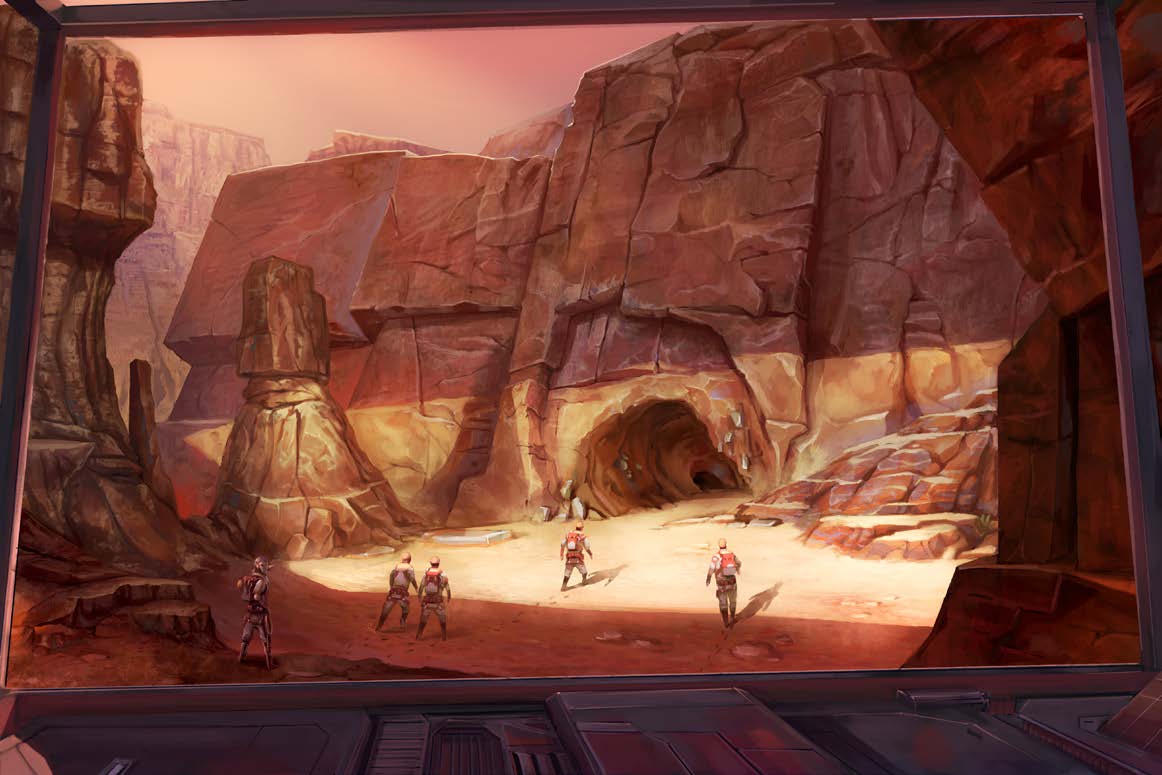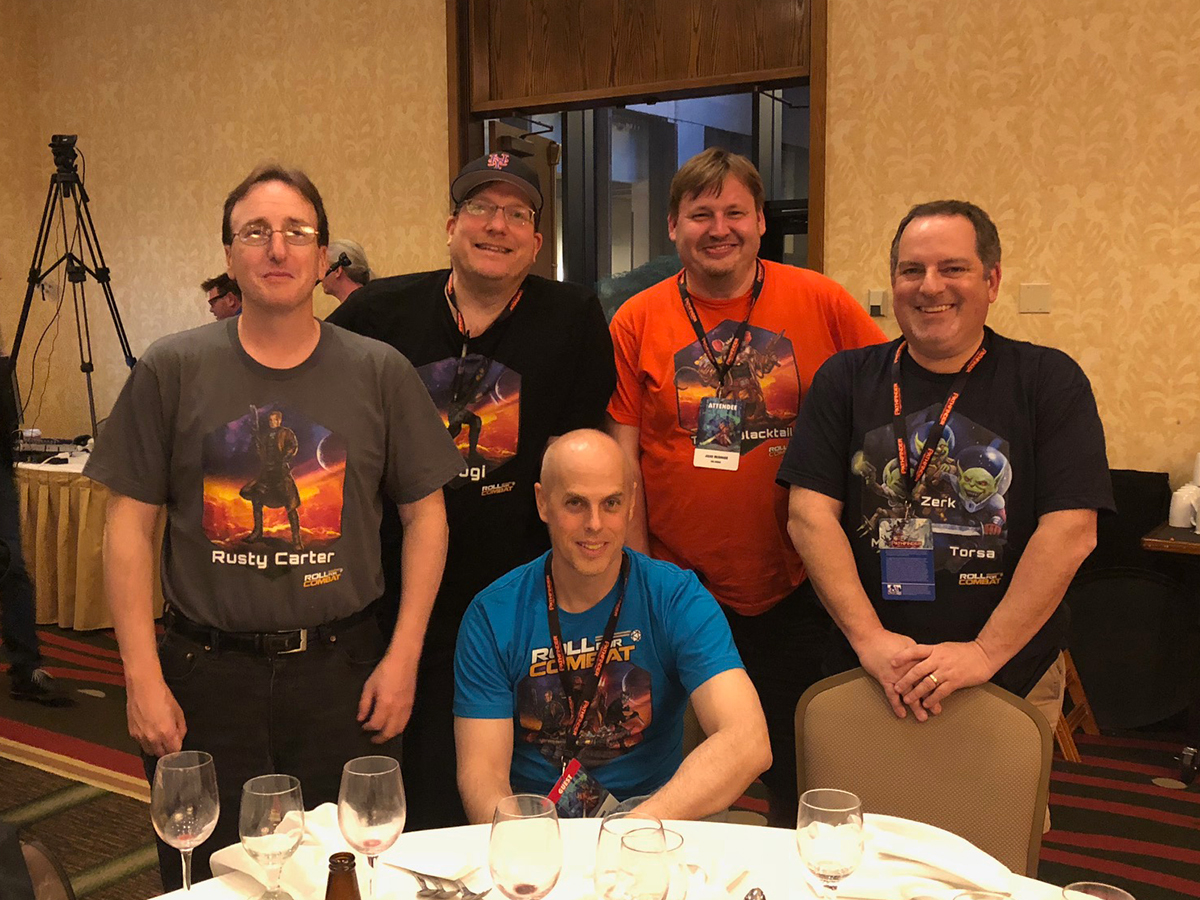I have to start with a bit of an apology. When we were boarding planes to head west to Seattle (or north in John’s case), the general plan was to be a bit more of an embedded reporter, giving you updates from the convention, and… well… that didn’t really happen. I chucked a few photos up on our Discord channel, but to be honest – and at the risk of gloating – there was a bit too much to do. I suppose I can blame a little bit of it on the timezone change kicking my ass, but truth told, we were running around too much to have a good solid window for writing.
So here I sit at the SeaTac airport, reflecting on my first PaizoCon experience. And I gotta admit it was better than I expected. A LOT better. Yes, the mental hamster wheel is already spinning in the direction of going back next year.
Speaking generally about the con, PaizoCon is – for better and for worse, but mostly for better – a much smaller, more close-knit thing than Origins or GenCon. Saying that sounds a little obvious: PaizoCon is just for Paizo products whereas those other cons are more general gaming cons. If a Borg cube carved out Paizo’s floorspace at a larger con and dropped it in a different city… that’s roughly the scale of PaizoCon. But what does that translate to in terms of real-world considerations?
On the good side, there’s more opportunity to really spend time with the people you meet. At a larger con, you game with someone once, and then they’re washed away in a sea of humanity unless you specifically try to make plans. At PaizoCon, the numbers are more manageable, you tend to randomly see people throughout the weekend, and there are enough public areas that you can take five and catch up on Sunday with that person you played with on Friday night. That gives it a more human feel.
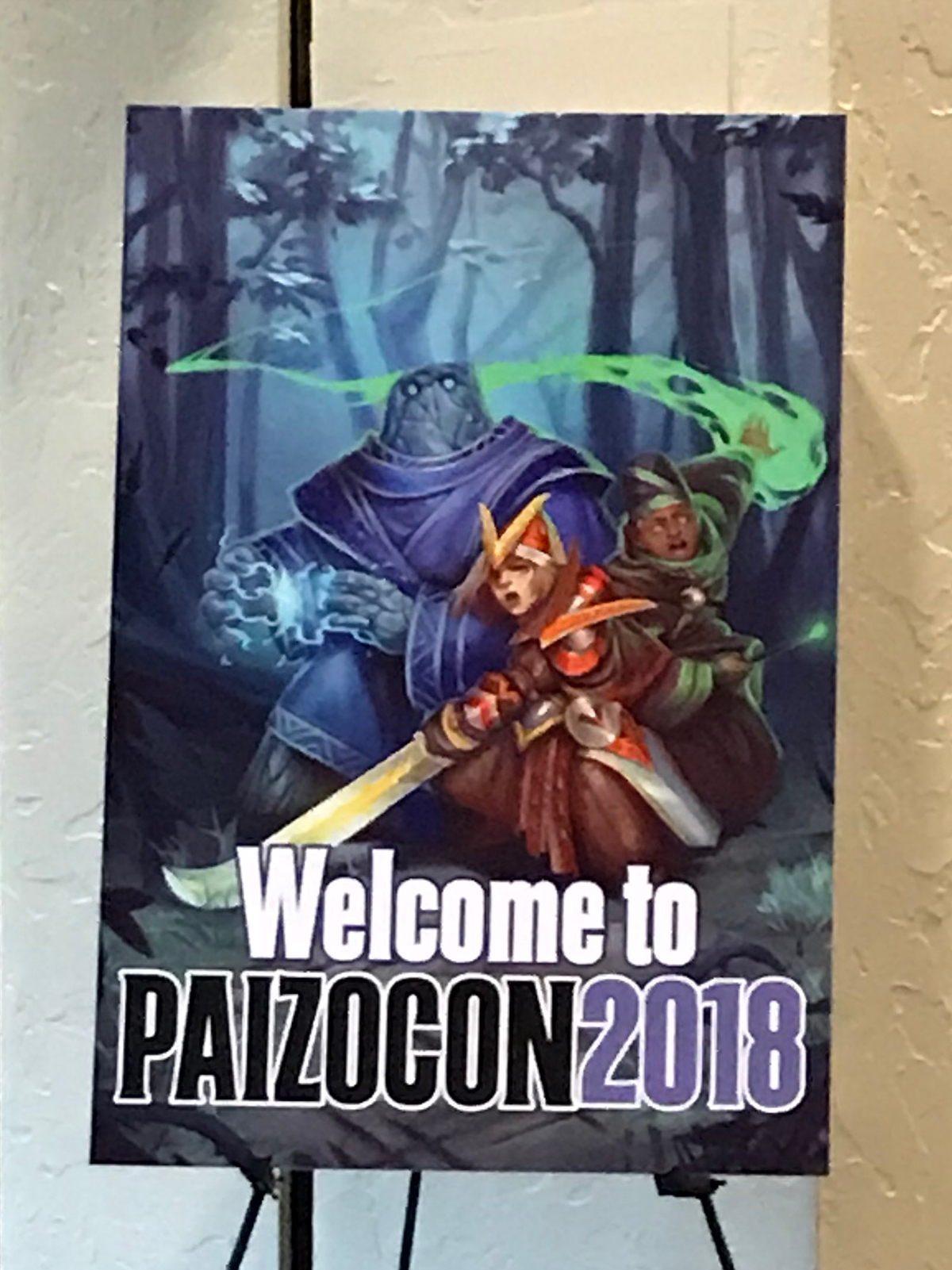
Also, one focus means everyone is speaking roughly the same basic language. EVERYONE you meet likes some corner of this shared Paizo universe we all entertain ourselves within. OK, you might like Pathfinder and I might be more oriented toward Starfinder, but we’re at least on the same general wavelength, as opposed to a jumble of interests where the Catan people and the Ticket To Ride people never speak unless it’s to organize 3 am knife-fights in the parking garage? (I’m sorry… what?)
So what’s the small downside? There’s not as much surrounding to-do in the larger community. When you go to GenCon, the entire downtown business district embraces it – restaurants re-skin their menus with fantasy themes and put Game Of Thrones on the TV instead of sports; there’s a flotilla of food trucks; unrelated businesses organize their own events to welcome gamers to the city (and OK, dip their snouts in the tourist dollar trough). Here… it’s just another thing that’s happening. OK, the lady at Taco Bell was very nice, but she didn’t ask me if I wanted minotaur or griffin meat in my quesadilla, and frankly, I think she was a little concerned that a grown man would order a large Baja Blast at 6:30 in the morning three days in a row. EVERY MEAL IS FOURTHMEAL.
THURSDAY
We didn’t really do any gaming on Thursday, but there were a few individual moments I wanted to share.
First, you should be aware CHDRR’s creator is firmly in your corner on the issue of THE BUTTON. I finally got the chance to introduce myself to John Compton and thank him, and pretty much the first thing he said was to give me a good-natured ribbing about my BUTTON Cowardice: “You do realize you’re doing a show where you’re entertaining people, right?”. So armed with a dose of tough love from John Compton, I’ll try to do better. Having said that, I’ll still go to bat for the partial defense that mechanic-drone action economy sometimes makes it hard to use. That’s my story, I’m sticking to it.
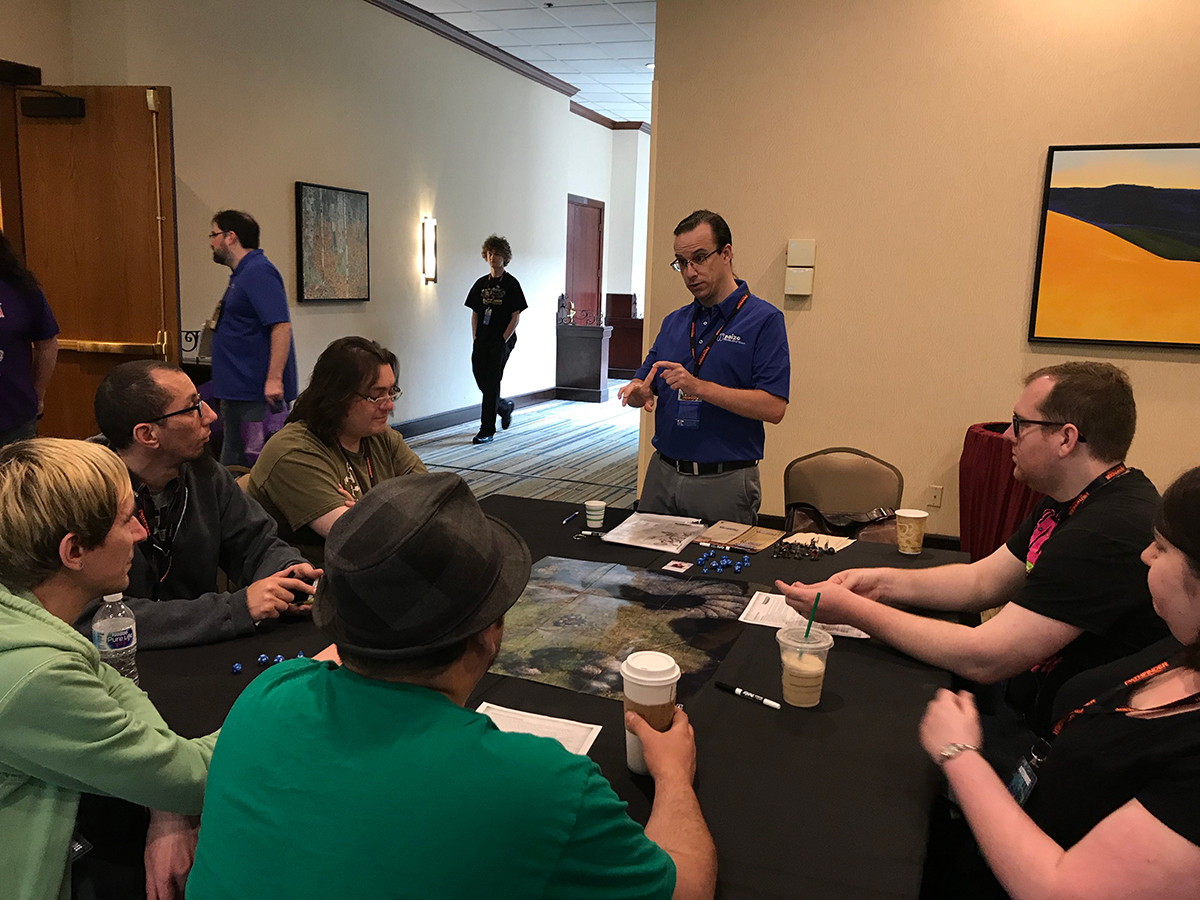
Second, Steve and I got to have dinner with the hosts of Know Direction (Jefferson Thacker aka Perram and Ryan Costello) and Patchen Mortimer (aka Patch), who runs the Daily Bestiary (it’s what it sounds like – a blog that posts articles about different monsters from Pathfinder on… you guessed it… a mostly daily basis). Since Perram would be hosting our panel later in the weekend, there were about five minutes of “work” preliminaries before we settled into Hawaiian BBQ and talking about gaming. You know… as we gamers do.
The other thing is that poor Chris rolled a 1 on Air Travel. The rest of Team RFC trickled in over the course of Thursday, but not Chris. First came the portion of the saga where they turned off the air-conditioning on the plane, so he got to sit on the tarmac slow-cooking for a few hours. Then they took him off the plane and let him hang out in the terminal. Then they had to get a different plane entirely. (Kind friend that I am, I texted him to ask if they were assembling a new Frankenplane from the parts of other broken planes.) I don’t think he actually got into Seattle until 1:30ish Friday morning.
FRIDAY
We started our gaming weekend with Steve, Bob, and I playing a Starfinder Society game (#1-12, Ashes of Discovery). It’s a repeatable, but I’m still not going to say much about the plot itself since some of you might still want to play through it. Bob played Quinn, who you already know, though he didn’t roleplay it quite as heavily. Steve rolled an android technomancer name Zargon, which (among other things) made me throw out the android technomancer I had rolled. I didn’t really want two in the party, and Steve plays so rarely that I was willing to defer to what he wanted to play. Besides, Steve already had a T-shirt for his guy… you can’t compete with that. And then we had a non-RFC player (Brendan) who was playing in his first or second game of Starfinder with a pre-gen, and guess what… he went with the android technomancer anyway. So three REALLY would’ve been overkill. (Or high comedy… we may never know.)
I didn’t really want to play Nala because I’m saving her for the show. I thought about a straight-up Nala clone for a second (I got as far as registering “Reya Trienzi” on the Organized Play site), but my next-in-line concept was an Icon Operative: imagine Guy Fieri, if he uses his cooking show as a cover to take him around the galaxy doing black ops work – and with four arms, since he’s a kasatha. Thus was born Zegraal of “Clan” Tastebud Supernova (the name of his show).
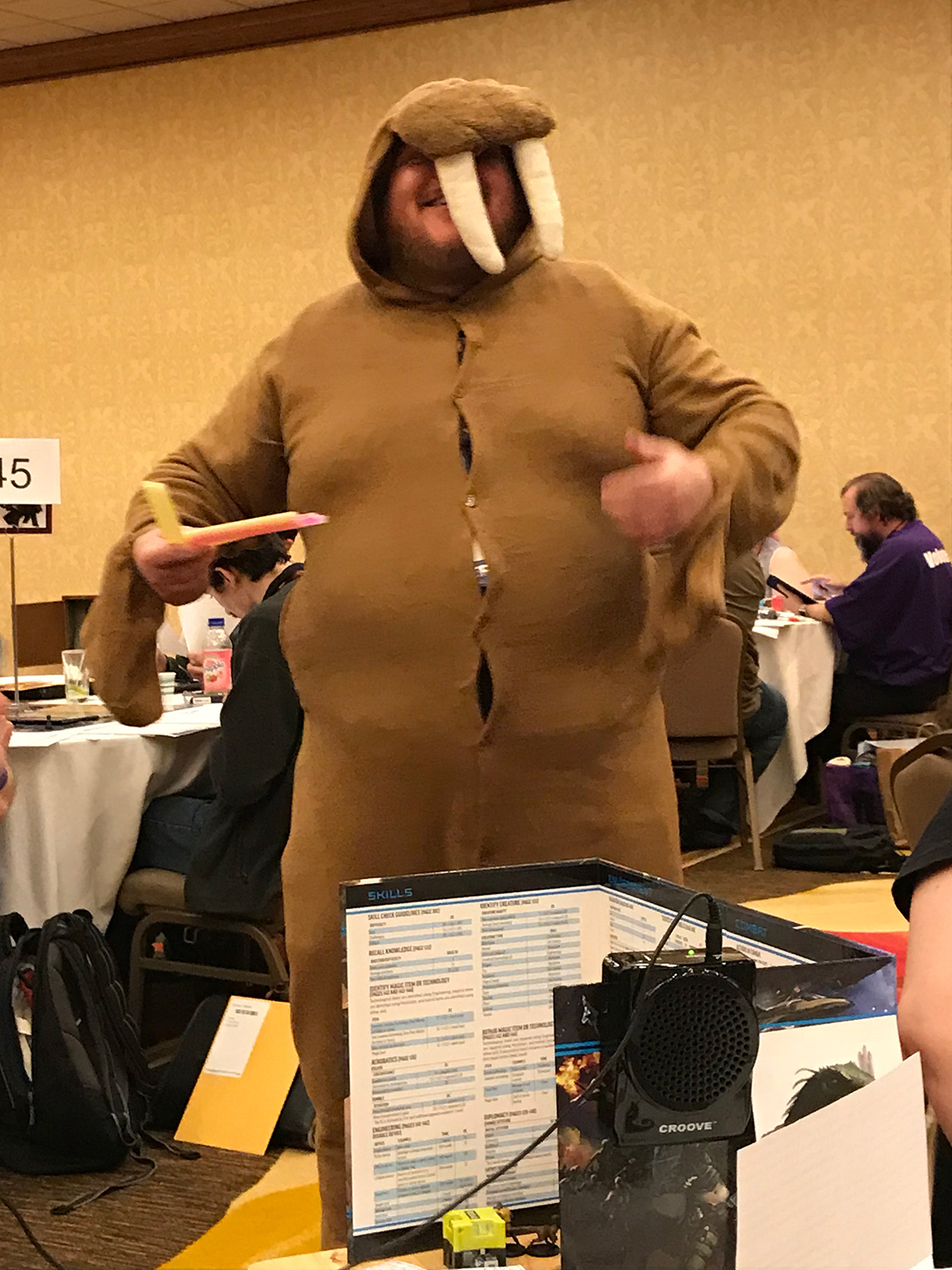
The game itself was pretty straightforward, and I don’t want to spoil too much of the plot, so what were the key moments? Zegraal did get to use his cooking abilities to help win a skills challenge, so that was useful. There was that moment when Steve’s character fell into a ravine and we realized that between three experienced players, none of us had thought to buy rope. Luckily, Steve had a flight spell, but still… oops. Brendan rolling a triple-4 on a magic missile to bring down a major bad guy was kinda cool. And while I don’t want to indulge in full-on schadenfreude, it was fun to see Steve in the player role – suffering through bad rolls with the rest of us, arguing with the GM… good stuff.
My next game was the much-anticipated (partly because it was the only lottery event I got into) Starfinder/Guardians of the Galaxy crossover. It was the core five GotG characters, plus Mantis (but more the badass martial artist version of Mantis from the comics than the movie version). I have to admit the translation worked pretty well. The Starfinder classes were a good fit – Star-Lord was the Envoy, Gamora an Operative, Drax a Soldier, Rocket a Mechanic. Making Groot a Mystic was a little bit of an odd choice at first, but they re-flavored some of the more exotic Groot abilities as spells and it worked. And yes, they named every one of his spells “I Am Groot”. The GM even whipped up a playlist of 70s/80s music to have running in the background, though he probably drifted a little too far into the 80s with some of the selections.
I got to play Star-Lord. Pretty standard Envoy build, though they set up his primary weapon (the Element Gun) to have selectable damage types, which was pretty nice. He also had conventional frag grenades and gravity grenades that either pinned enemies to the ground or pulled them toward the blast, depending on the saving throws.
The Guardians characters were set up as Level 10 characters, and the story was that the Guardians were pulled into the Starfinder universe to answer a distress call at Absalom Station because (spoiler!) Thanos had learned of the existence of the Starstone and figured one Starstone could do the work of the six Infinity Stones. The encounter itself was a series of battles (that’s my one minor complaint… almost no skills use involved; maybe one computer to hack to get things started) – facing a pack of beast-like aliens, a Sentinel, and Thanos himself. And… burying the lede a little here… I got the kill shot on Thanos! In fitting Star-Lord fashion, everyone else did the bulk of the damage, and I got a crit in the final round to take the last 10-12 points. Poor, poor Mantis though. She had climbed up a wall to fight Thanos while he was in the air, and he critted her, followed by 20 or 30 feet of falling damage – the grand damage total was somewhere in the 140s.
Friday evening was just one of those goofy con things where you start with “going to dinner with a couple people” and end up in a rapidly-growing amoeba of humanity. The plan was originally going to be dinner with Rob Trimarco, Jason Keeley, and two other people; on the way out of the hotel, we joined up with another group of Paizo folks (that included Patchen from the previous evening), and there was a third group of Paizo folks at the restaurant we ended up going, so we pushed tables together with them as well. So that’s how I “accidentally” ended up going to dinner with like 12 or 13 Paizo people and playing Mario Kart with them later. But, it’s a convention… sometimes that’s just how it is.
SATURDAY
Saturday became my day to do touristy things, though it didn’t start out that way. I had originally picked up a Pathfinder game off the trade-in table (a table where people who can’t make an event leave their tickets so someone else can fill in), but what I didn’t realize is that pre-gens for that game cut off at Level 7 and these guys all wanted to play Level 10 or 11 characters. So this left me in a spot where at best I’d be a Leadership follower played by a live human, and at worst I’d be the one getting blamed if things didn’t go well. So I decided to walk away from that game and go into the city. I won’t bore you with those details too much, but… “Pike Place, Space Needle, Seattle Sounders game” covers the gist of it.
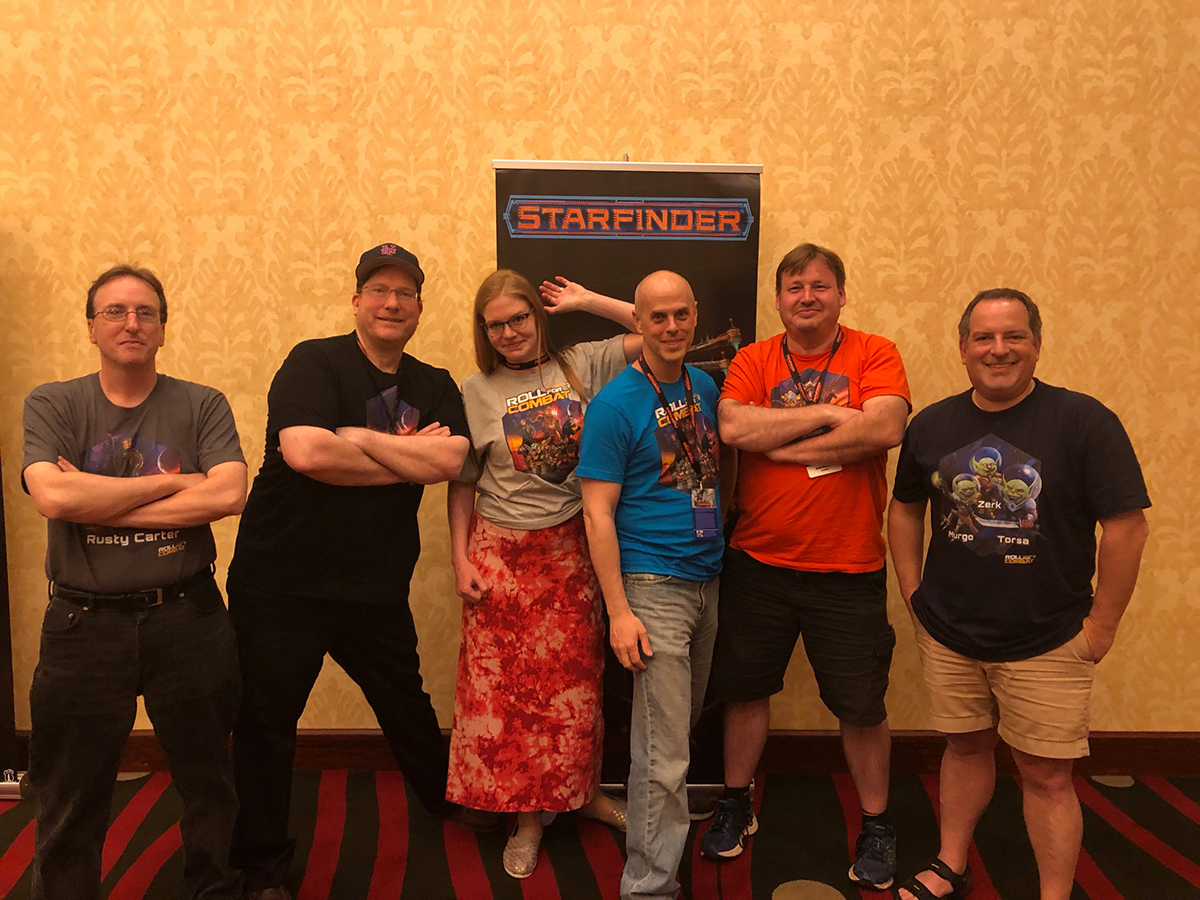
The evening events are tricky because they’re the sorts of things that could merit their own posts. The centerpiece of the banquet (besides eating large quantities of cow) was the presentation where Paizo revealed their plans for the various product lines, and after dinner, Jason Keeley ran us through an abbreviated version of the Pathfinder Playtest. (Still wearing a full three-piece suit no less. Classy.) On one hand, it almost deserves its own post; on the other hand, I don’t want to keep you waiting too long. So I guess I’ll throw you a few observations I found interesting, and maybe come back to it if there are still more questions:
- As a meta thing, when they say “playtest”, they mean it. The first several adventures will be designed specifically to showcase and test different aspects of the game, and they’re going to be made available for free long as you offer feedback. They didn’t say what these aspects were, but within our little group, we took that as one adventure might focus primarily on skills and social challenges, another might feature a lot of spellcasting, maybe another would feature underwater or airborne action, etc.
- The presentation portion mentioned character-building would follow the “ABC method” – Archetype, Background, Class – to make it feel more like writing a character’s story instead of just grafting numbers onto the chassis. It kind of feels like an expansion of Starfinder’s Themes, maybe with slightly more powerful abilities available. The demo used pre-gen characters, so we didn’t really get to test it – this is mostly extrapolating from Jason Bulmahn’s presentation.
- They showed a page from the Druid class page showing the spell for DINOSAUR FORM. As someone who ran a druid, I might have gotten a little teary. And you’re damn right T-Rex was an option. How could it not be?
- They’re basically flattening the action economy, or at least flipping the perspective a little bit. Now, you can take three actions per round. Period, end of sentence. If there’s granularity, it’s on the side of the abilities themselves – a spell might have a verbal action and a somatic action, so it will, therefore, count as two actions. A lot of it washes out with Pathfinder action economy – if you move and do a two-action attack, that’s still kind of like an attack and a move action – but it feels more flexible.
- Following up on that previous concept, some spells can be beefed up and made more effective by putting more actions into them. For something like Magic Missile, it might just be “you gain more missiles for each action you use”, but it can be more multi-dimensional than that. I was playing the healer in our party: one action was a touch heal, two actions were a ranged single-target heal, and three actions was a group channel. (Also, channeling can now damage undead AND heal at the same time. About time.)
- I also heard (but I honestly forget who I was discussing it with) that some spells might scale depending on what spell slot you put them in. That is, you wouldn’t have Cure Light Wounds, Cure Moderate Wounds, etc. You’d just have “Cure”, and the spell slot you expended on it would determine how powerful the spell was. This feels like it would make for more interesting and versatile characters because you wouldn’t have to relearn more powerful versions of the tool you already have.
- The answer to “well, why don’t you just get in someone’s face and attack three times?” is that subsequent attacks take a cumulative -5 to-hit penalty, so good luck hitting that third attack unless you have some sort of feat or class feature that helps. (Steve was playing a rogue, and his penalty was “only” -4, so there will clearly be mitigation for some builds).
- For you melee types, shields go from a simple adjustment to AC to an active defense system – you use one of your actions to raise your shield and the shield can negates some/all of the damage of an attack. But if the shield takes too much damage, it’s damaged, and ultimately destroyed. Makes the sword-and-board fighter a bit more interesting to play because defense contains an active component instead of just giving your abstract tin can better stats.
I’m sure there’s more to be gleaned from the weekend, but those were some first impressions. You’re welcome to ask additional questions on social media, and we’ll answer what we can, or perhaps we’ll circle back around to it later with another Talking or a GM tip or something.
As a logistical footnote, the banquet and the Playtest session afterward was actually the only time during PaizoCon that the RFC crew was all assembled in one place, and as we thought about it, it was probably the first time in 10 or 15 years we were all in the same room together. Power of gaming, huh?
SUNDAY
Sunday put us in the Way-Back Machine, as other than my Dads-n-Kids game, I haven’t played Pathfinder in almost a year. Specifically, we were playing The House of Harmonious Wisdom (#8-16), a quest-pack adventure set in the Tian Xia part of Golarion. We all just played pre-gens for this one: John seems to have taken a liking to Seelah the Paladin, I took Sajan the Monk (I love monks once you get them a few levels; it’s just tricky to get them through the squishy low levels), and Steve took Crowe the Bloodrager. We were joined by two guys who played a gothy brother-sister team of caster types – the sister was an Oracle, but I’m drawing a blank on the brother.
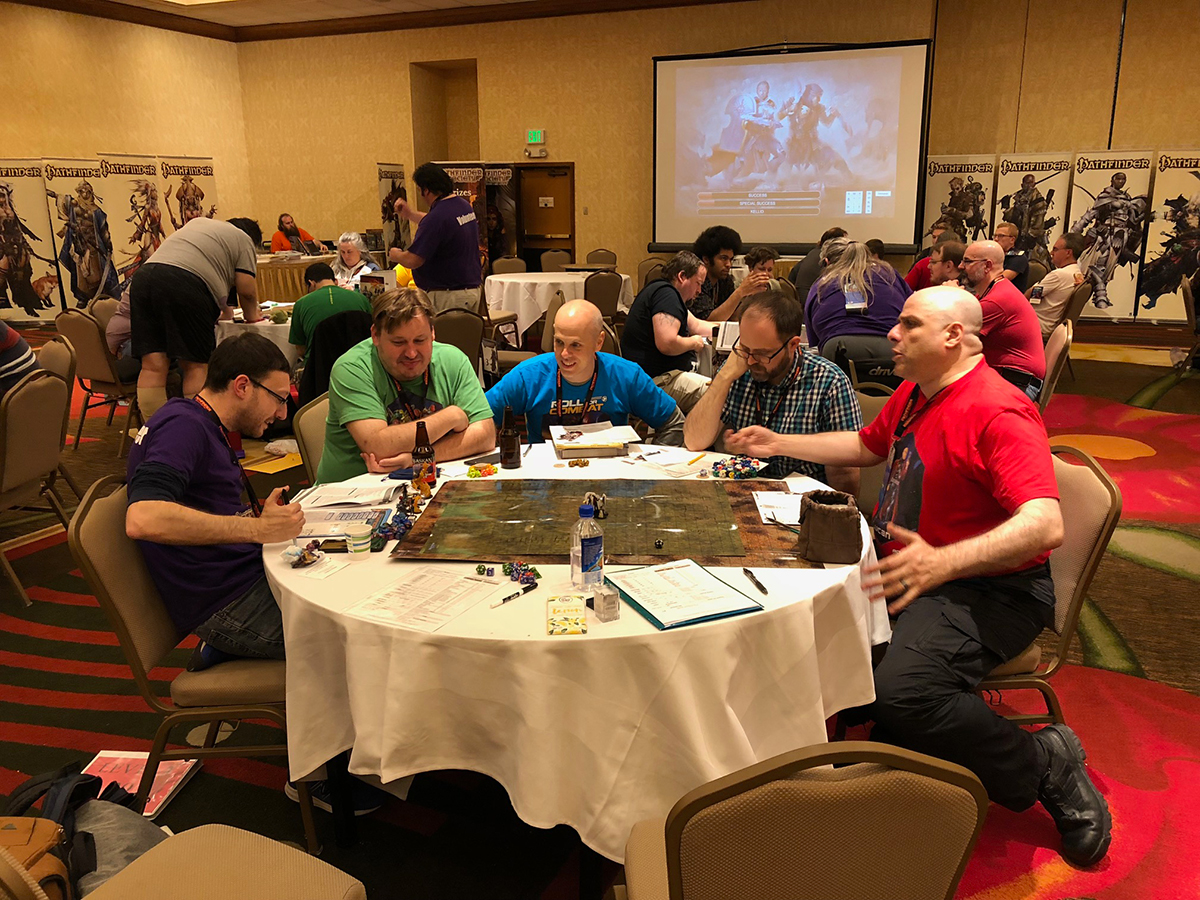
Highlights of this particular adventure? Well, the fact that no one actually spoke Tian Xia was… interesting, but we managed. One of the quests supplied my hero moment as it involved defending the honor of a martial arts school against its rival school – the non-fighters had to use stock moves taught to them by the NPC master, but I was allowed to use my full array of monk abilities (as long as I did non-lethal damage). So I was a bit of a ringer in that one. But the highlight was probably Steve’s 4th level bloodrager putting a guy into low-earth orbit with 90 damage in one shot. Enlarged + crit + rage + generally high rolls = that’s how a formerly imposing bodyguard gets swatted like a fly. And ohbytheway, it was an attack of opportunity, so the dude walked right into it.
Next up on the schedule was our actual LIVE IN PERSON appearance with Order of the Amber Die. I’m going to probably stay pretty general until it gets out there on the Internet and more people have a chance to listen to it, but let me just say I was really pleased with how it went.
I had two main concerns going in.
The first was chemistry with Order of the Amber Die. On one hand, they certainly seemed like kindred spirits from Steve’s interviews and we did get a chance to hang out with them at lunch before the event. So I didn’t think it was going to be a total disaster or anything. On the other hand, you never know until you sit down at the table and start doing it. And you know what? They were fantastic.
The other thing is doing this dog-and-pony show live. When we’re recording the show at home, Steve has the ability to make us look more clever than we really are after the fact – take out all the awkward pauses, remove that odd joke that didn’t really land, clean up any episodes of marble-mouth. You don’t have that luxury when you’re doing it with an audience in the room, and I suppose that was a little daunting. But that didn’t seem to be a problem either – I didn’t have any glaring episodes of mush-mouth and people seemed to be enjoying it and laughing in the right places, so… mission accomplished.
I do have to give credit to Steve for coming up with a pretty solid concept for the show. It would have been so easy to go Thunderdome and just have the two teams fight to see how combat worked between universes. (Though as we were chatting in the aftermath, we did say it would be fun to put together a real battle scenario between the two systems in a more fully-developed scenario.) But I think Steve’s solution – keeping it lighter on dice and heavier on role-playing – ended up being the right call.
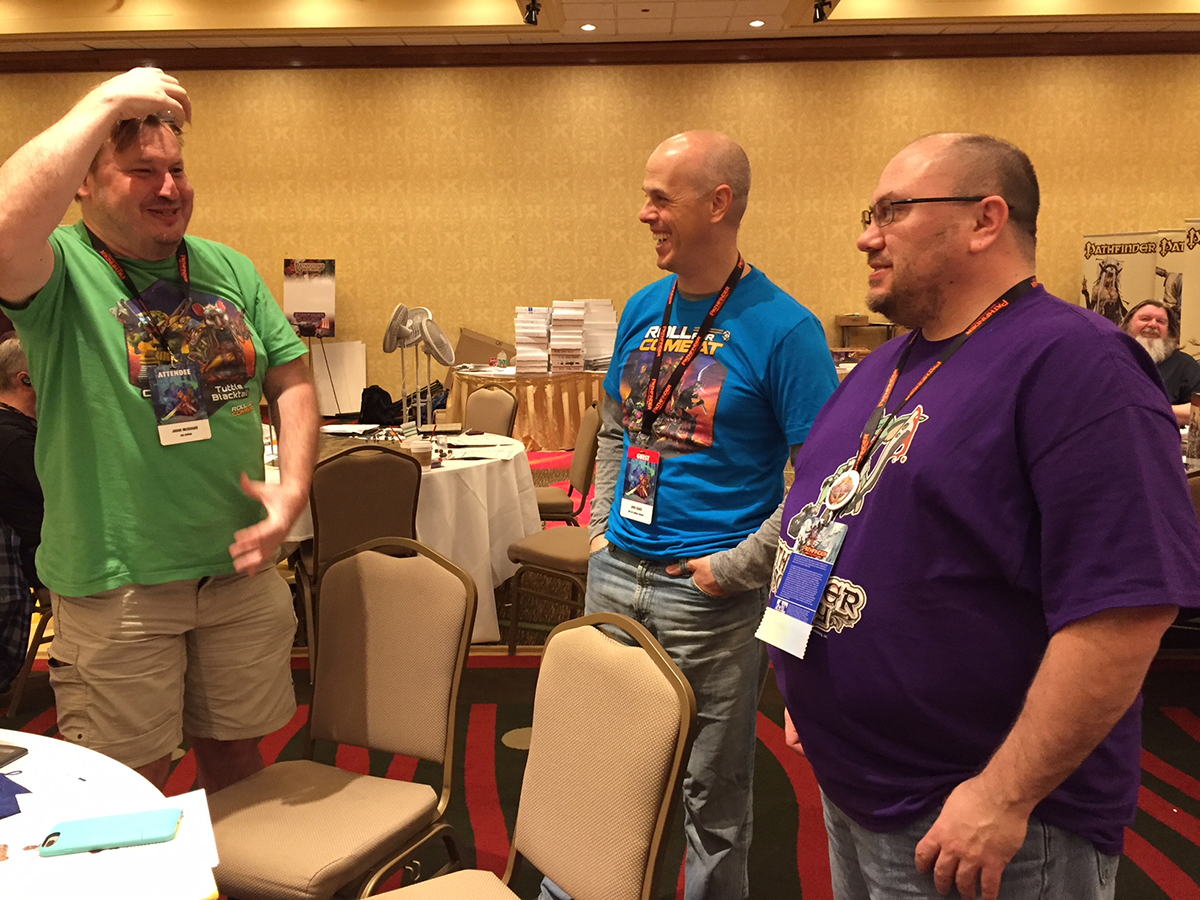
With all of our obligations behind us, the last formal event was the Solstice Scar event Sunday night. Basically, this is an event where 300 people are playing the same adventure (still in tables of 6) as part of a larger campaign. Each table is scaled to the level of the party, so a Level 1 party might face zombies while a level 10 party might face vampires at the same point in the story. As each table hits certain milestones, that moves the overall story along to its conclusion. And there’s a cash bar.
Our table had Steve and Bob playing homebrew characters (an investigator and a heal-less cleric, respectively) and the rest of us playing iconics: I was running Seoni the Sorceress, John played Seelah again, Rob Trimarco took a spin with Crowe the Bloodrager, and Jason Keeley played Hakon the Skald. And, we had one of our contest winners, Shawn (aka GM Notmyideas on our Discord) as our table’s GM.
I can’t tell you much about the scenario because the beers were flowing pretty freely, but the penultimate battle had a wonderful finish. We were battling a baby dragon that was a tough kill because the cave had a lowered section with a ring around the outside, and the dragon was hovering over the lowered area, out of melee range. So first, Rob T. earned his Badass Stripes by jumping off the edge, making his Athletics check, and then making a successful attack that staggered the creature. If that wasn’t enough, Keeley then polished off the beast with an attack with a damn sling. (Needing an 18 to hit, no less.) I suppose I could be mad because I was up next in initiative and had a magic missile with the dragon’s name on it (kill-stealer!) but the whole thing was so damn impressive… how can you be?
(It later turned out there had been a math error and Rob’s shot should have killed the creature, but once you’ve got it on the record that you killed a dragon with a sling, that’s the story you stick with.)
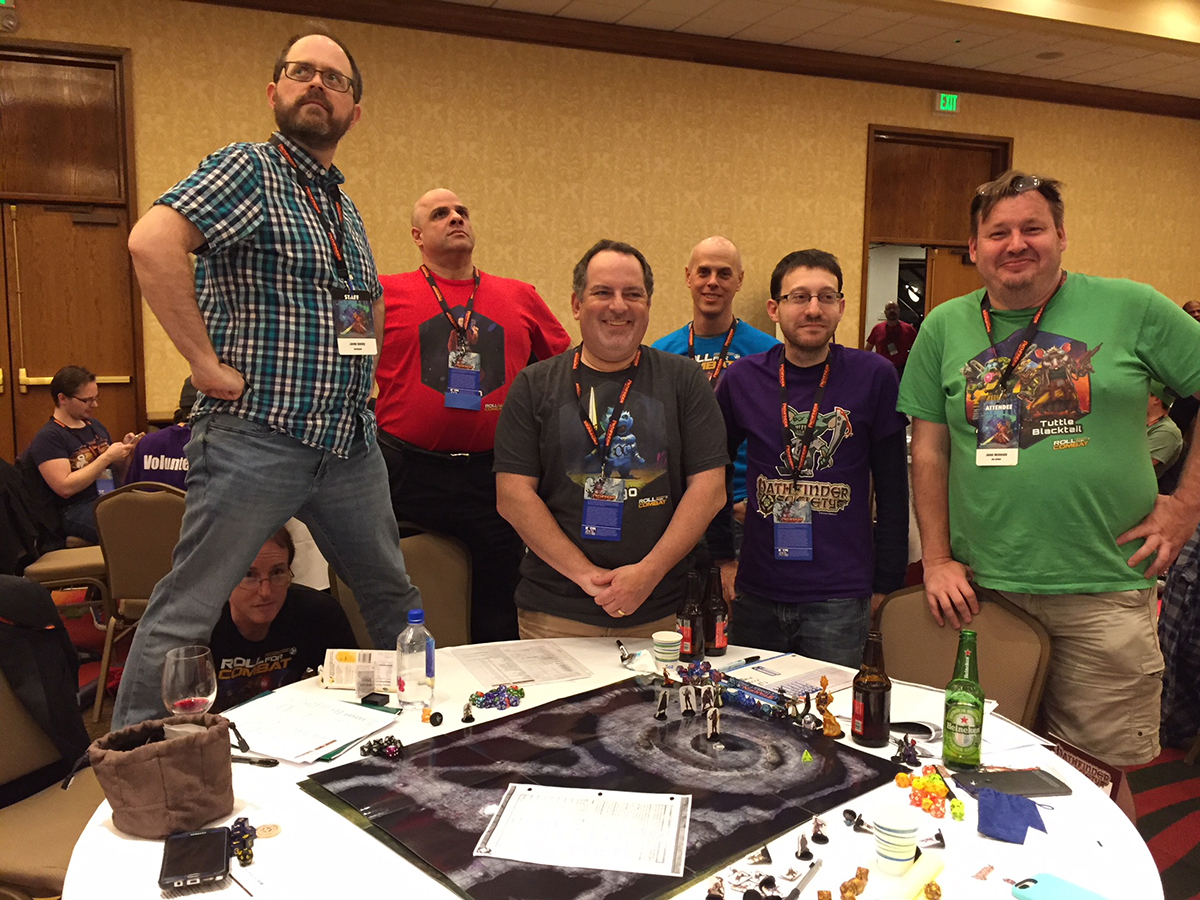
The game wrapped around 12:15 and it was off to sleep for most of us, though a few people stayed up for 1 am games. Then next morning, off to the airport to get back to normal life.
That’s pretty much my PaizoCon adventure, but I feel like I would be remiss if I didn’t take a second to give a special word of thanks to everyone who came out to Seattle to share the experience with us. Whether it’s wearing the shirts, coming to the live event(s), just stopping by to say hello… there are times where I don’t even know how to process it, except I know that it’s cool and touching. There are times it feels like hubris to even think we should have fans for doing something we love that we would be doing anyway, even if no one is listening. But it’s still immensely gratifying to know that other people are getting something out of it too. So honestly… thank you all.
OK, enough dopey sincerity… time for sleep. I gotta go back to work tomorrow, and at some point, I’ll have a new Talking to bang out as we get back to business as usual in the Dead Suns campaign. In the meantime, thanks for listening and reading, and we’ll see you again back in the jungles of Castrovel.

